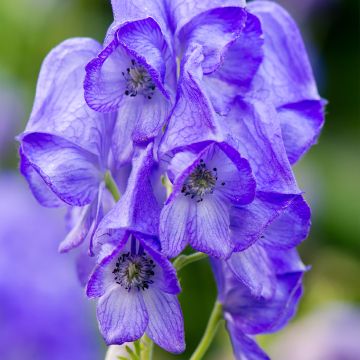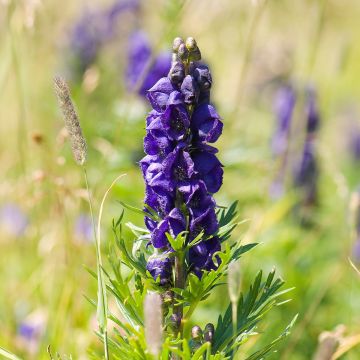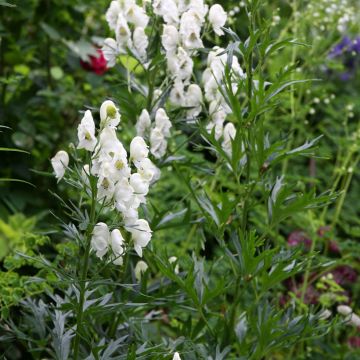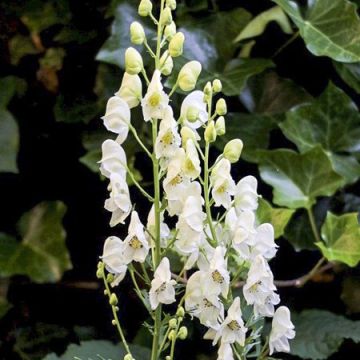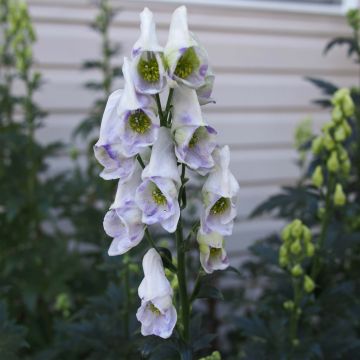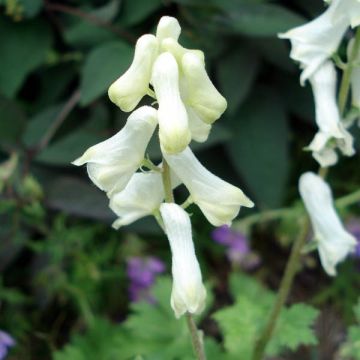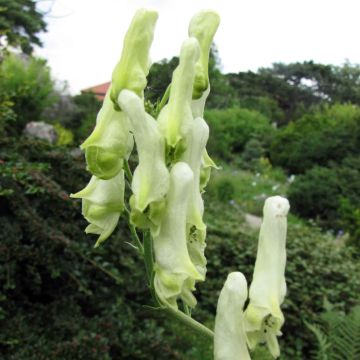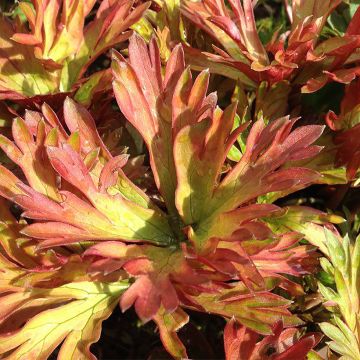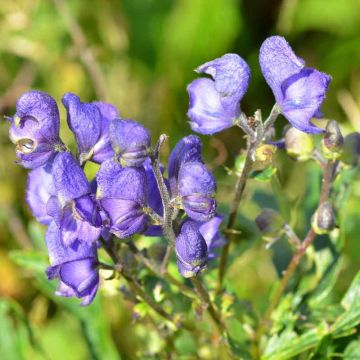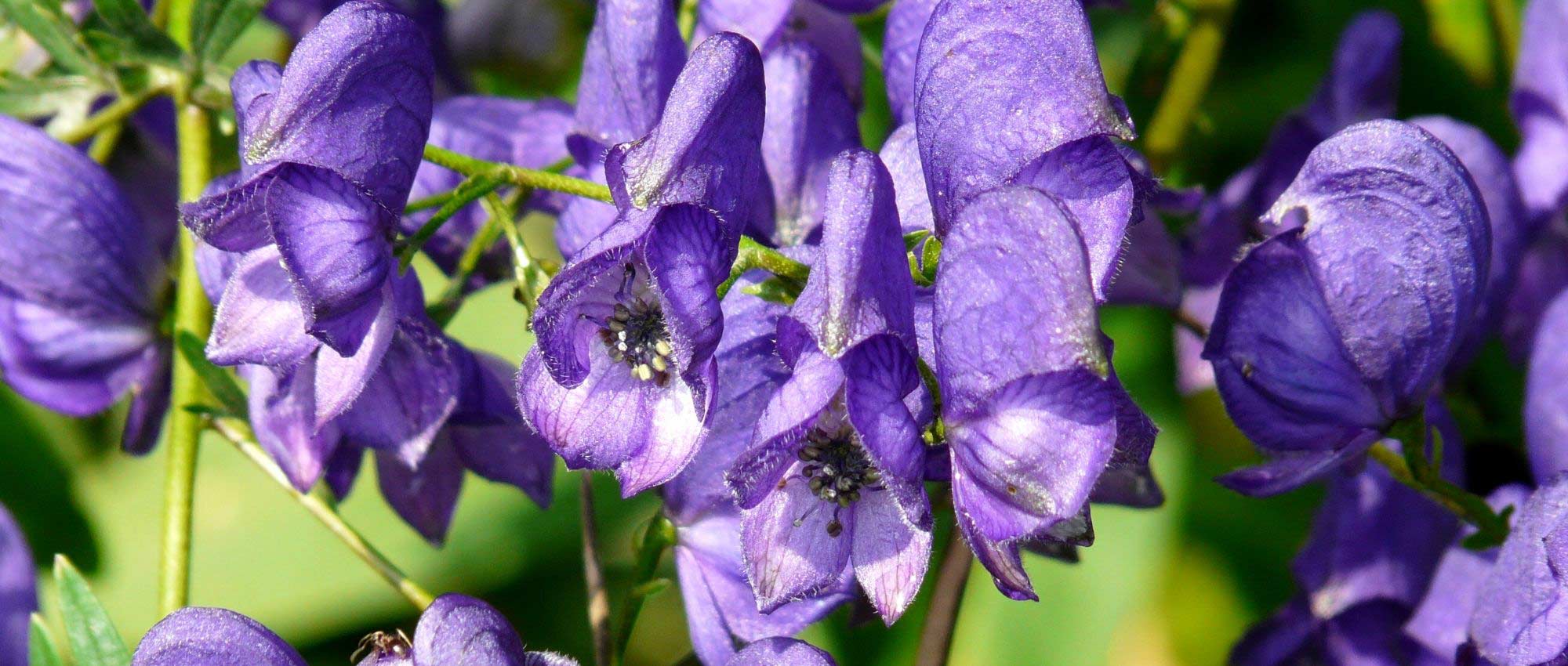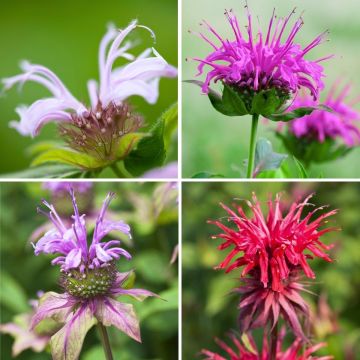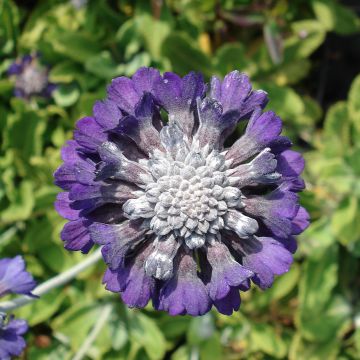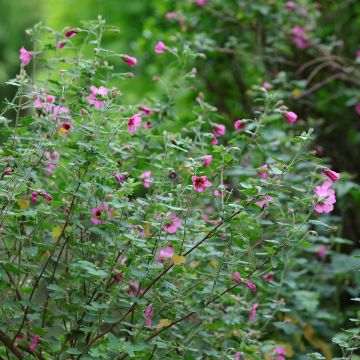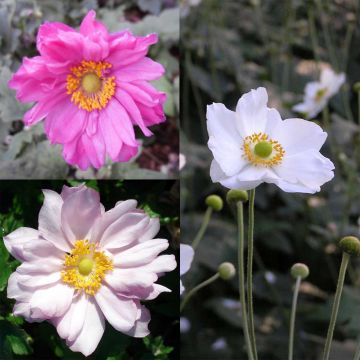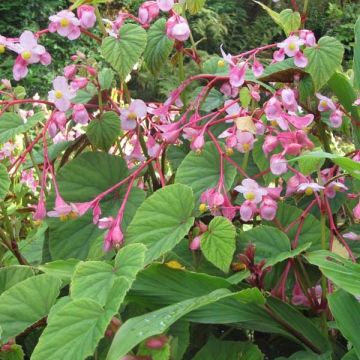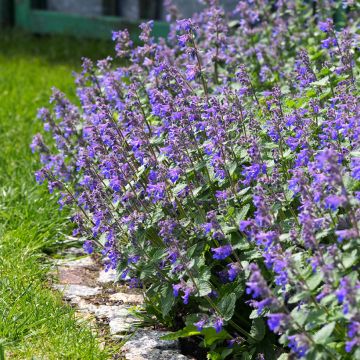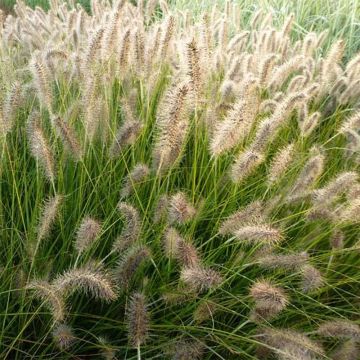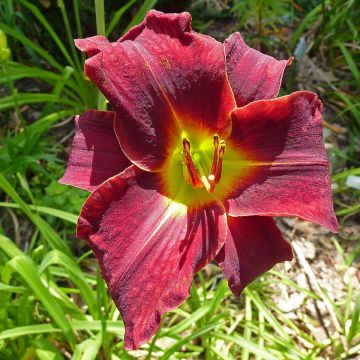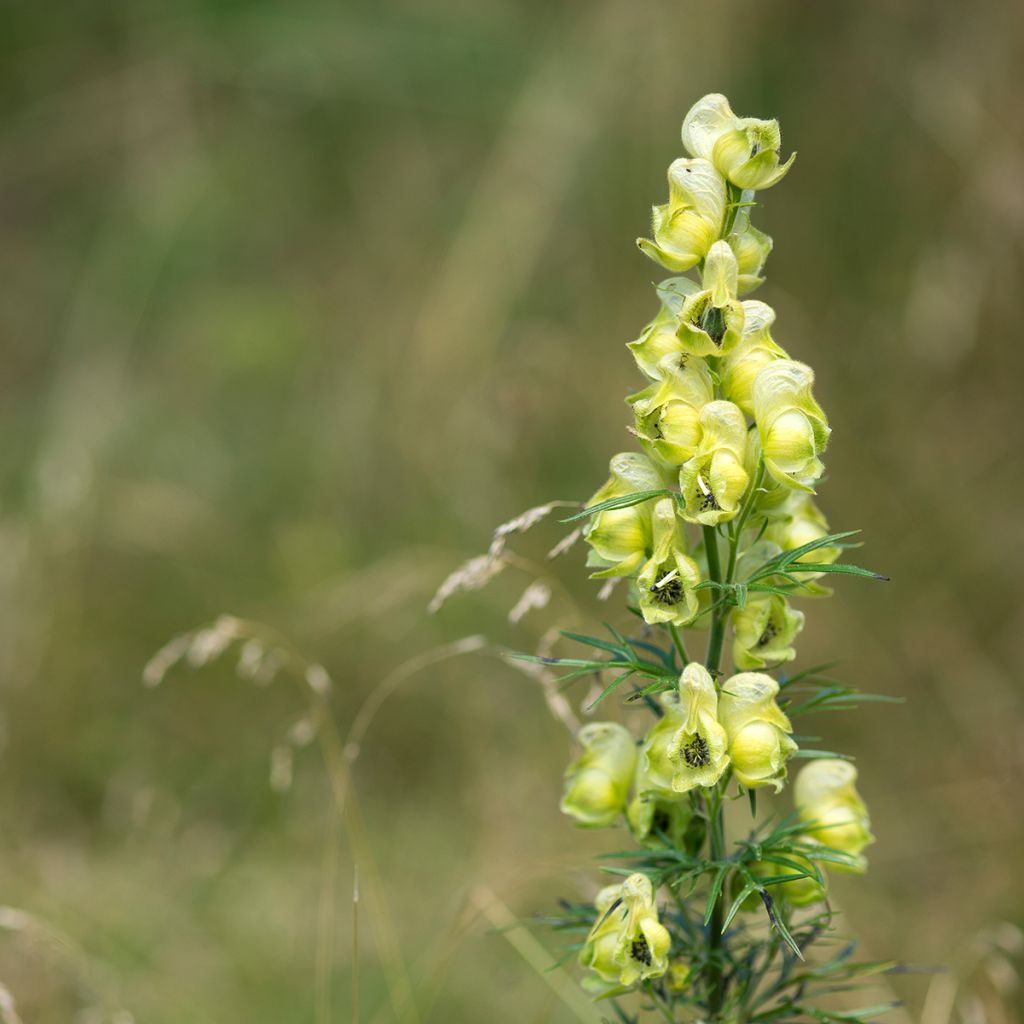

Aconitum anthora
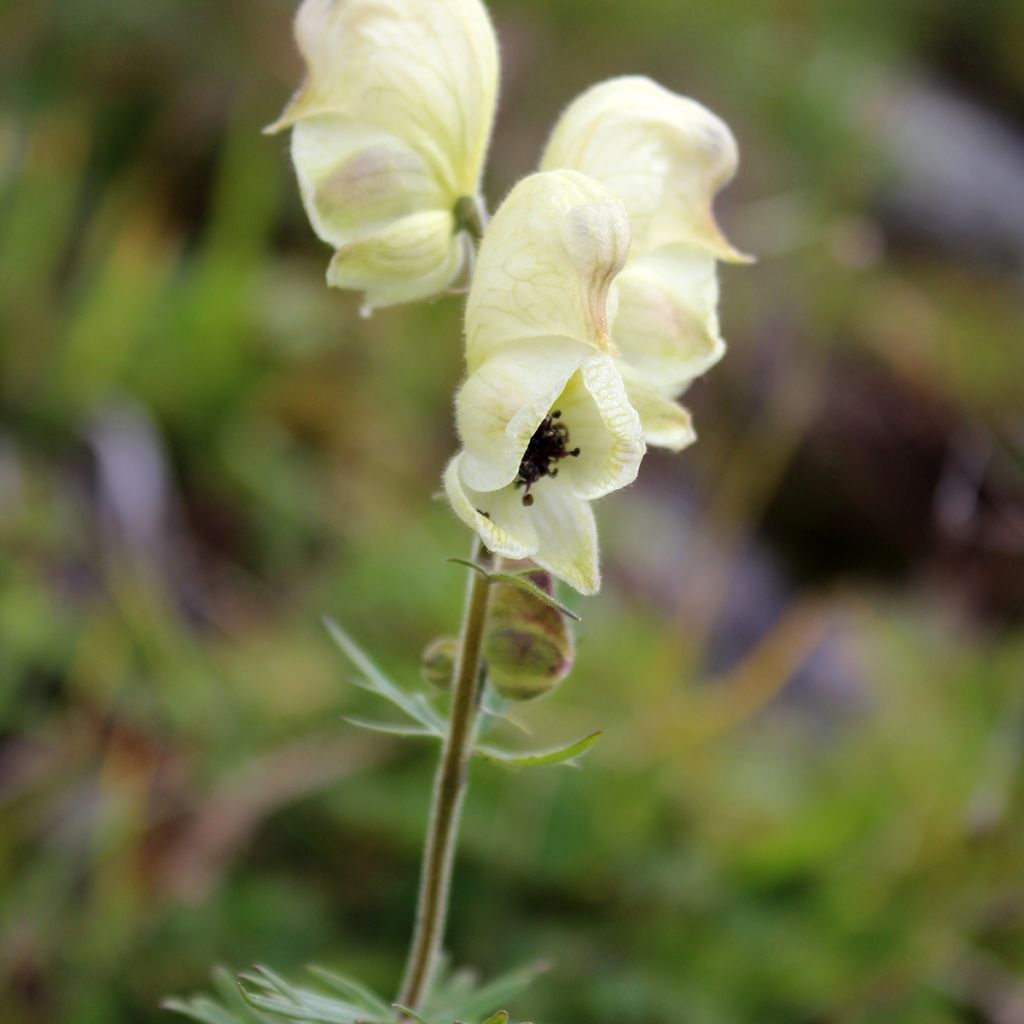

Aconitum anthora
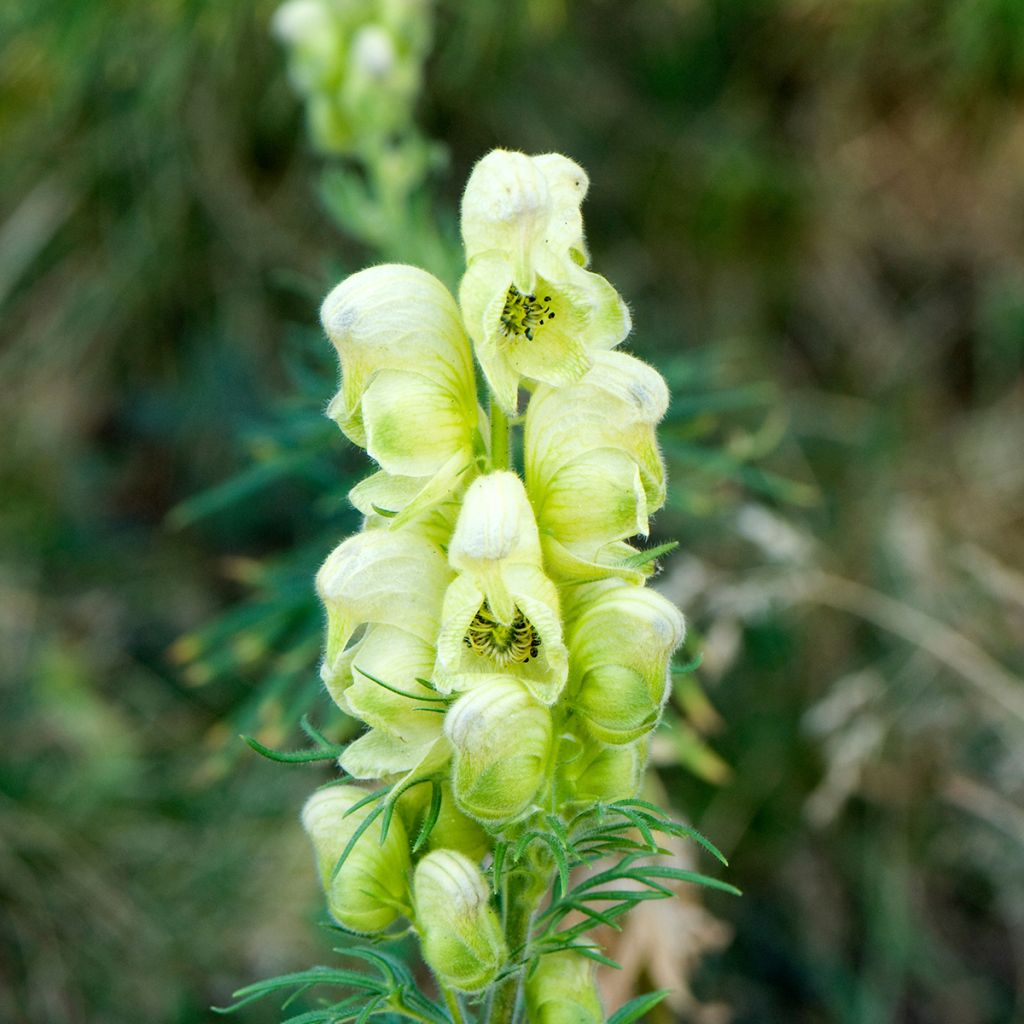

Aconitum anthora
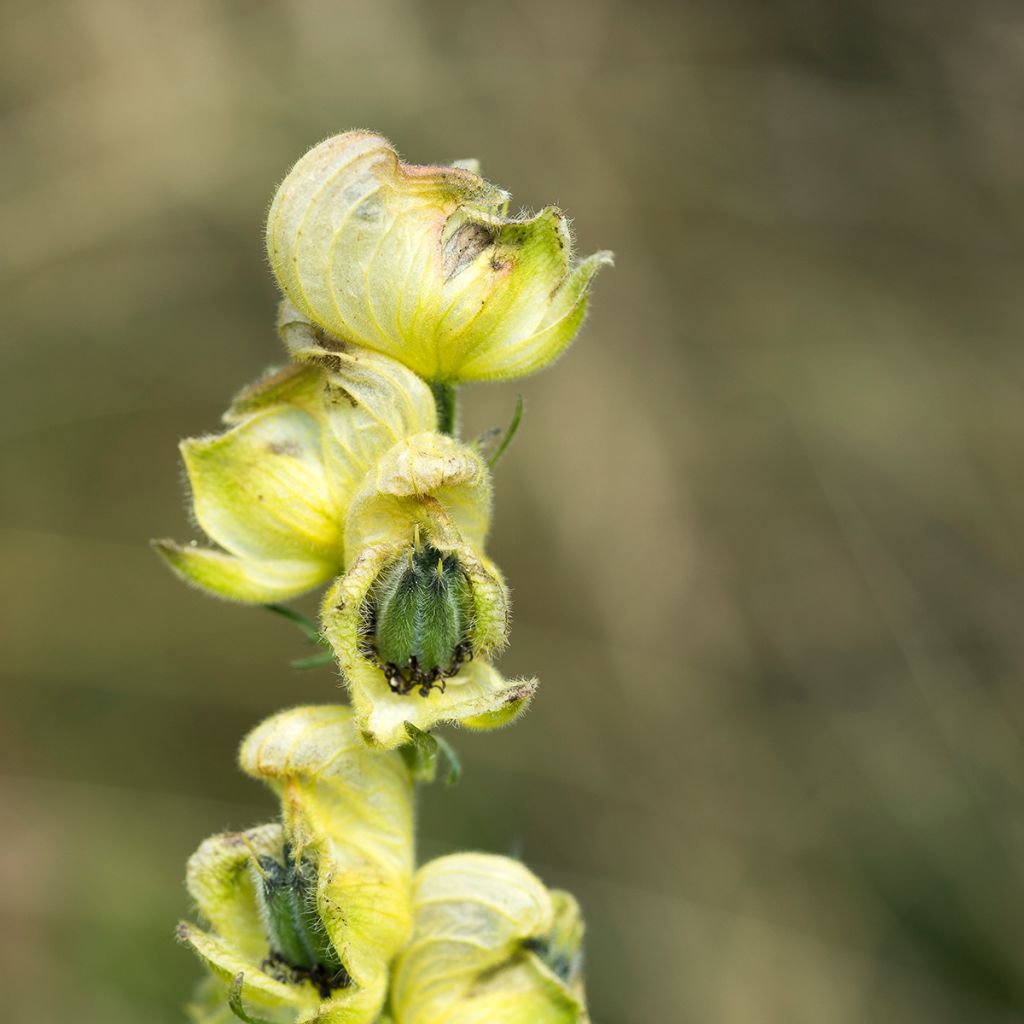

Aconitum anthora
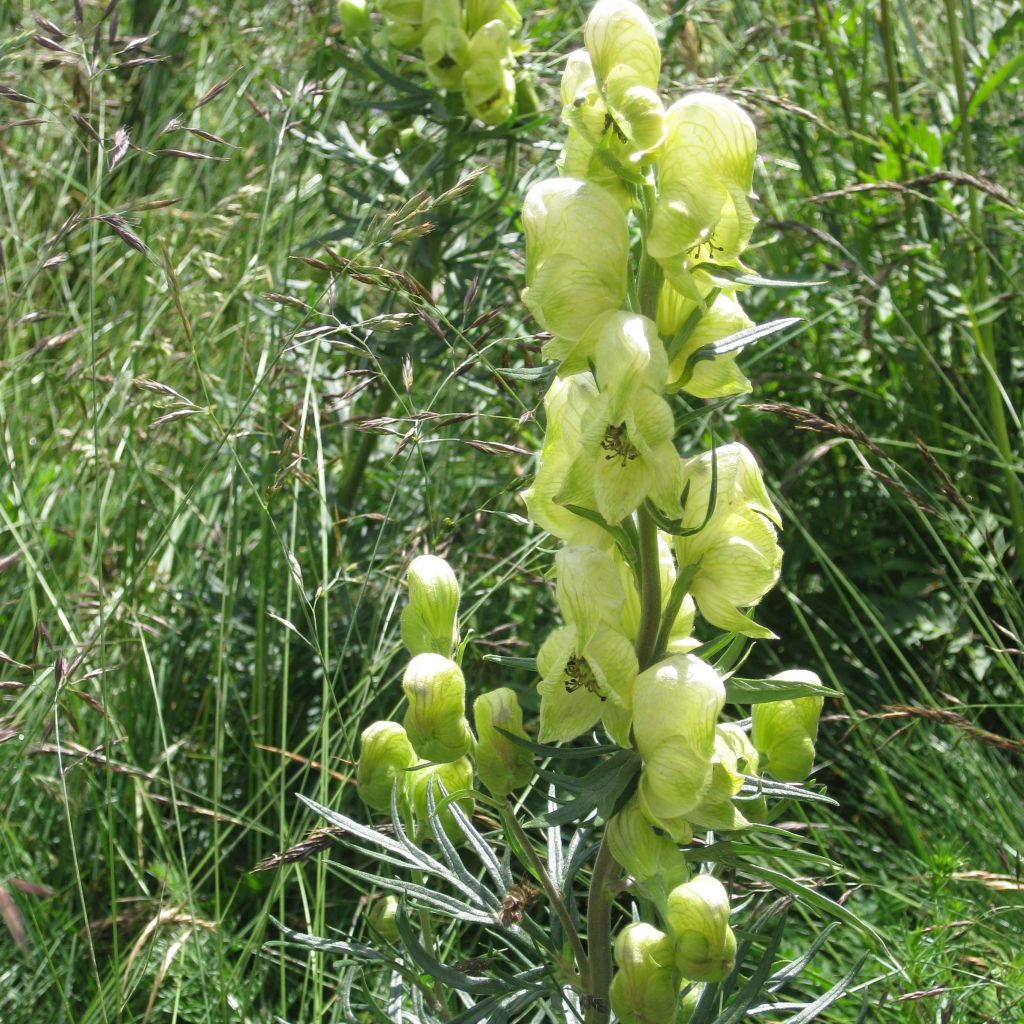

Aconitum anthora
Aconitum anthora
Aconitum anthora
Yellow monkshood
Special offer!
Receive a €20 voucher for any order over €90 (excluding delivery costs, credit notes, and plastic-free options)!
1- Add your favorite plants to your cart.
2- Once you have reached €90, confirm your order (you can even choose the delivery date!).
3- As soon as your order is shipped, you will receive an email containing your voucher code, valid for 3 months (90 days).
Your voucher is unique and can only be used once, for any order with a minimum value of €20, excluding delivery costs.
Can be combined with other current offers, non-divisible and non-refundable.
Why not try an alternative variety in stock?
View all →This plant carries a 12 months recovery warranty
More information
We guarantee the quality of our plants for a full growing cycle, and will replace at our expense any plant that fails to recover under normal climatic and planting conditions.
Would this plant suit my garden?
Set up your Plantfit profile →
Description
Aconitum anthora, sometimes called Anthore or Venomous Aconite, is a wild species with a rather compact habit and pale yellow flowers, widespread in the mountains of Southern Europe, which should thrive in sunny rock gardens. This plant, rare in cultivation, produces spikes of flowers in late summer topped with a large petal in the shape of an ancient helmet, characteristic of the genus Aconitum. Its flowering stems dominate a clump of strongly palmate leaves, cut into very thin strips. It is a very hardy Aconite, well adapted to rocky and limestone soils, very well-drained. Perfect for mountain gardens!
Aconitum anthora belongs, like all Aconites, to the Ranunculaceae family. It is a guest of limestone scree slopes and dry high-altitude meadows.
The flowering plant measures on average 65cm (26in) in height, with a width of 30 to 40cm (12 to 16in). This deciduous perennial, very resistant to cold, emerges from the ground in spring and disappears underground in winter. The flowering of this variety takes place in August-September. Clumps of leaves emerge from vertical, branched, green flowering stems, bearing a short inflorescence at their tip, composed of tightly clustered flowers. The irregular flowers are composed of 5 tepals. 4 form a pale yellow to yellowish corolla, revealing a throat with black stamens. The upper tepal, more colourful, widely inflated, in the shape of a Phrygian cap, envelops the rest of the flower. This plant develops from a fleshy to tuberous stump, from which an erect clump of sparsely hairy stems emerges in spring, adorned with tough, palmate, deeply lobed leaves. They are deeply veined, their colour a slightly shiny dark green. All parts of this perennial are highly toxic.
Aconites suffer from a bad reputation in the garden, due to their legendary toxicity, and this is truly regrettable, because they offer an unknown diversity, like this Anthora, well adapted to limestone rock gardens. They are robust, very hardy perennials, and their foliage is among the most beautiful among perennial plants. Not to mention their original and decorative flowering, ranging from almost white to Gentian blue, passing through yellow. Aconitum anthora can be planted in an alpine garden or in a rocky bed, with annual Delphiniums, Pulsatilla anemones, and Gentians for limestone soil, for example. Aconite flowers are magnificent in bouquets.
Aconitum anthora in pictures


Flowering
Foliage
Plant habit
Safety measures
Botanical data
Aconitum
anthora
Ranunculaceae
Yellow monkshood
Alps
ingestion
Cette plante est toxique si elle est ingérée volontairement ou involontairement.
Ne la plantez pas là où de jeunes enfants peuvent évoluer, et lavez-vous les mains après l'avoir manipulée.
Pensez à conserver l'étiquette de la plante, à la photographier ou à noter son nom, afin de faciliter le travail des professionnels de santé.
Davantage d'informations sur https://plantes-risque.info
Other Aconitum
View all →Planting and care
Aconitum anthora thrives in the sun in well-drained, rocky or pebbly soils, enriched with compost. It perfectly tolerates the presence of limestone in the soil. This species tolerates some summer drought, but it is a montane species that still fears excessively arid climates and heatwaves.
Planting period
Intended location
Care
Planting & care advice
This item has not been reviewed yet - be the first to leave a review about it.
Similar products
Haven't found what you were looking for?
Hardiness is the lowest winter temperature a plant can endure without suffering serious damage or even dying. However, hardiness is affected by location (a sheltered area, such as a patio), protection (winter cover) and soil type (hardiness is improved by well-drained soil).

Photo Sharing Terms & Conditions
In order to encourage gardeners to interact and share their experiences, Promesse de fleurs offers various media enabling content to be uploaded onto its Site - in particular via the ‘Photo sharing’ module.
The User agrees to refrain from:
- Posting any content that is illegal, prejudicial, insulting, racist, inciteful to hatred, revisionist, contrary to public decency, that infringes on privacy or on the privacy rights of third parties, in particular the publicity rights of persons and goods, intellectual property rights, or the right to privacy.
- Submitting content on behalf of a third party;
- Impersonate the identity of a third party and/or publish any personal information about a third party;
In general, the User undertakes to refrain from any unethical behaviour.
All Content (in particular text, comments, files, images, photos, videos, creative works, etc.), which may be subject to property or intellectual property rights, image or other private rights, shall remain the property of the User, subject to the limited rights granted by the terms of the licence granted by Promesse de fleurs as stated below. Users are at liberty to publish or not to publish such Content on the Site, notably via the ‘Photo Sharing’ facility, and accept that this Content shall be made public and freely accessible, notably on the Internet.
Users further acknowledge, undertake to have ,and guarantee that they hold all necessary rights and permissions to publish such material on the Site, in particular with regard to the legislation in force pertaining to any privacy, property, intellectual property, image, or contractual rights, or rights of any other nature. By publishing such Content on the Site, Users acknowledge accepting full liability as publishers of the Content within the meaning of the law, and grant Promesse de fleurs, free of charge, an inclusive, worldwide licence for the said Content for the entire duration of its publication, including all reproduction, representation, up/downloading, displaying, performing, transmission, and storage rights.
Users also grant permission for their name to be linked to the Content and accept that this link may not always be made available.
By engaging in posting material, Users consent to their Content becoming automatically accessible on the Internet, in particular on other sites and/or blogs and/or web pages of the Promesse de fleurs site, including in particular social pages and the Promesse de fleurs catalogue.
Users may secure the removal of entrusted content free of charge by issuing a simple request via our contact form.
The flowering period indicated on our website applies to countries and regions located in USDA zone 8 (France, the United Kingdom, Ireland, the Netherlands, etc.)
It will vary according to where you live:
- In zones 9 to 10 (Italy, Spain, Greece, etc.), flowering will occur about 2 to 4 weeks earlier.
- In zones 6 to 7 (Germany, Poland, Slovenia, and lower mountainous regions), flowering will be delayed by 2 to 3 weeks.
- In zone 5 (Central Europe, Scandinavia), blooming will be delayed by 3 to 5 weeks.
In temperate climates, pruning of spring-flowering shrubs (forsythia, spireas, etc.) should be done just after flowering.
Pruning of summer-flowering shrubs (Indian Lilac, Perovskia, etc.) can be done in winter or spring.
In cold regions as well as with frost-sensitive plants, avoid pruning too early when severe frosts may still occur.
The planting period indicated on our website applies to countries and regions located in USDA zone 8 (France, United Kingdom, Ireland, Netherlands).
It will vary according to where you live:
- In Mediterranean zones (Marseille, Madrid, Milan, etc.), autumn and winter are the best planting periods.
- In continental zones (Strasbourg, Munich, Vienna, etc.), delay planting by 2 to 3 weeks in spring and bring it forward by 2 to 4 weeks in autumn.
- In mountainous regions (the Alps, Pyrenees, Carpathians, etc.), it is best to plant in late spring (May-June) or late summer (August-September).
The harvesting period indicated on our website applies to countries and regions in USDA zone 8 (France, England, Ireland, the Netherlands).
In colder areas (Scandinavia, Poland, Austria...) fruit and vegetable harvests are likely to be delayed by 3-4 weeks.
In warmer areas (Italy, Spain, Greece, etc.), harvesting will probably take place earlier, depending on weather conditions.
The sowing periods indicated on our website apply to countries and regions within USDA Zone 8 (France, UK, Ireland, Netherlands).
In colder areas (Scandinavia, Poland, Austria...), delay any outdoor sowing by 3-4 weeks, or sow under glass.
In warmer climes (Italy, Spain, Greece, etc.), bring outdoor sowing forward by a few weeks.






























